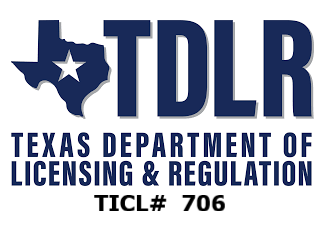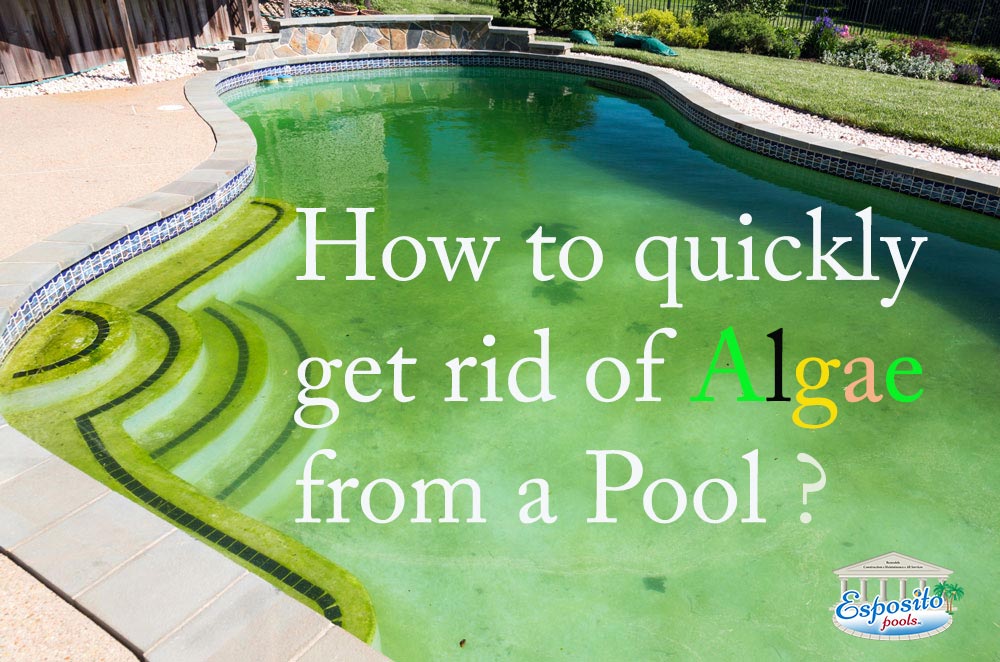Algae are common problems in swimming pools which are not regularly maintained and cleaned. Algae are living marine creatures that rapidly multiply in slow-flowing water containing sufficient levels of nutrients and getting abundant sunlight. During the months of July and August when weather and temperature are favorable, algae take up residence in your swimming pool. Although they are really not dangerous, but if not treated and removed they become home to harmful bacteria. In this article, you’ll learn about the most common types of pool algae and how to treat them effectively.
• Green algae: They are the most common form of algae, which can be either free-floating or wall-clinging. They can be easily removed by properly brushing, shocking and using algaecide.
• Black algae: They are usually found in the rough surfaces such as cracks, crevices and plaster finishes. Though black algae doesn't affect water clarity but they are impervious to normal chlorine levels.
• Yellow (Mustard) algae: They generally grow in the shadier parts of your pool and form a sheet that is very difficult to get rid of completely. You need to treat your pool aggressively to remove the yellow algae.
• Pink algae: They are also considered as bacteria but spread slowly. They usually appear as spots in the corners of your pool.
Getting rid of different types of pool algae can be a tedious process, but with proper cleaning method and little patience they can be dealt with.
Step 1: Remove the leaves, dirt and floating debris from pool water to maximize the effect of shocking and algaecide treatment.
Step 2: Verify that the pool filter is clean and running properly so that it can circulate water as efficiently as possible when you complete the cleaning task.
Step 3: Test the water to make sure that the pH level is between 7.4 and 7.6, if the pH is lower or higher than the mentioned pH level then adjust as needed.
Step 4: Shock the pool with a large dose of chlorine. Add a chlorine based shock chemical to the pool water. You will need 2 pounds per 10,000 gallons. It will take up nearly 1–3 days, but can go longer than that if pool conditions are very poor. This shocking method will not only kill the existing algae but also it will help you bring your pool back to sanitary condition. For a heavy growth of algae, you can add an algaecide following the label directions of how to use it. Allow the algaecide to work overnight.
Step 5: The following day, properly brush the pool surfaces. If you're using filter pump to vacuum and remove waste water, make certain that the filter valve is set to waste. If required, you can backwash the filter to remove the collected algae debris. Do reset the pH and alkalinity after completing algae treatment.
Algae treatment is vital to effective pool care. You can prevent the algae from returning through regular pool maintenance or it is better you hire a professional pool cleaning company in Cypress for the task.









Leave a Comment